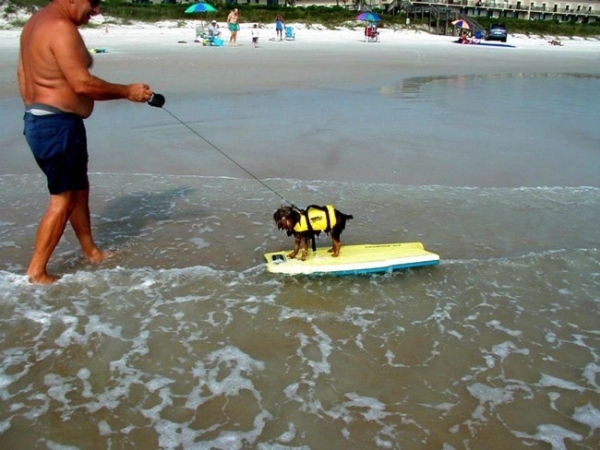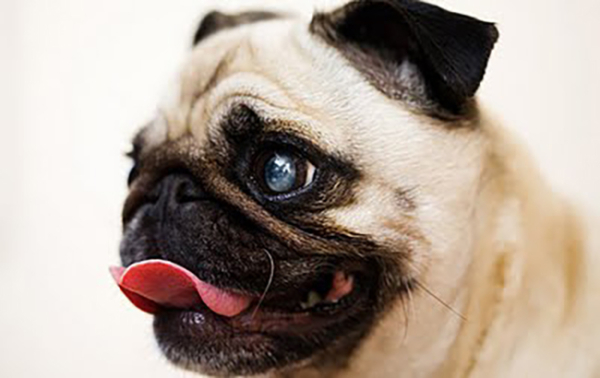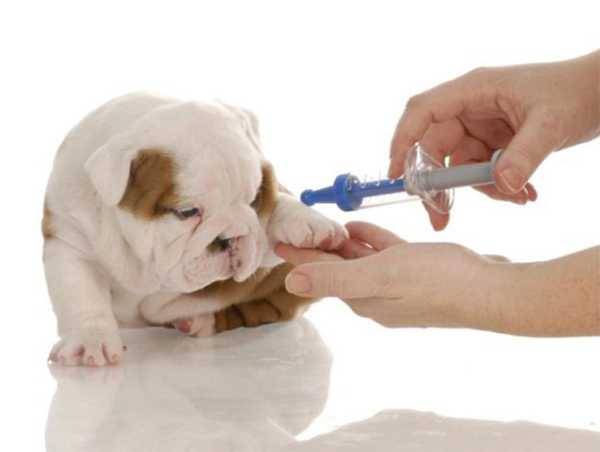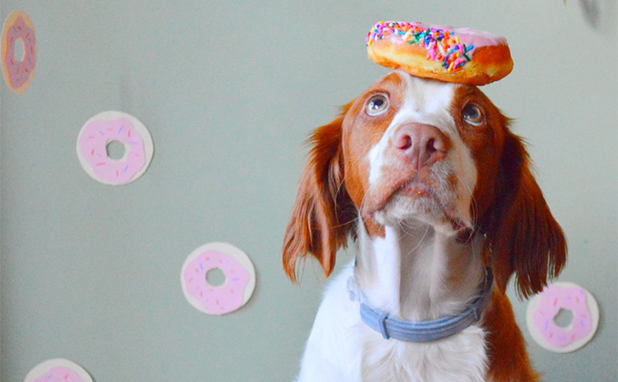High paws to Upstate Animal Medical Center, Western Veterinary Conference, Dr. Eric Barchas, Veterinary World, Merck, Lori J. Meyer Ferrara and Keri Becker for their help and the expawtise they lent to this post!
It was two months after his 8th birthday when I got the call. My tiny Toy Poodle had suddenly slipped into diabetic ketoacidosis, moments away from his last heartbeat. So many questions ran through my head as I paced helplessly, over 2500 miles away from the tiny, damp space where he lay. About a week prior, Dino had gone in for his annual check-up on that same table, and he had gotten a clean bill of health. What were the signs? How was this missed? How did he go from healthy to death’s door in such a short time span? The biggest issue that I still struggle with almost 5 years later is: Why wasn’t he given the chance to live?
There has not been too much research done on canine diabetes. But the facts that are known prove that survivability is on the upswing. According to Veterinary World, 1 in 500 dogs will be diagnosed with the disease. Where the fatality rate was once 37%, it has dropped to an unbelievable 5%! And where once 50% of dogs lost their lives within the first 60 days of diagnosis, more and more they are living out lives as long and as fulfilling as any normal, healthy pup.
Diabetes is not a death sentence. The truth is, these dogs can survive and live long, fulfilling lives. Here are 7 everyday realities of what it takes to live alongside a pup with canine diabetes.
1. Drinking Oceans of Water – Know What’s Afloat
A very obvious and common sign of a diabetic dog is a sudden increase in thirst. It’s good to be aware of your pup’s normal drinking habits, that way when their pattern changes you will be able to take notice and follow the proper measures to keep the diabetes at bay.
2. Going For Endless Walks Outside – Pee Aware!
Excessive urination is a common sign of diabetes in canines. With more frequent urination, you may have to keep your pup in a small, specific area of your home when you are absent. That way your pup won’t have far to go to reach the wee pads. And in the event that your pup has an indoor accident, you will know exactly where to look.
3. Cataracts – See the Signs
Another side effect of Canine Diabetes is cataracts. Many dogs are prone to getting cataracts. So, maybe a diabetic dog will get them a bit sooner. NBD. You don’t need eyes to see clearly. That’s what the nose is for!
4. Money – For Yo’ Mutt
Treating a pup with diabetes can become costly. From insulin, to hospitalization, to the possible need of dialysis, your wallet runs the risk of taking a hit. But even in the face of scraping pennies, the endless love and smiles from your unconditionally happy little pal is priceless.
5. Specialty Grub – Pup’s Best Friend
With Canine Diabetes, insulin alone is not enough. Diagnosed pups usually eat a specialized cuisine that a vet advises. In fact, insulin must be taken along with eating, so mealtime is an important part of a diabetic pup
s daily wellness.
6. Dog Naps – Get The Stats
Being cute is EXHAUSTING! I mean, seriously. Strutting about, and cute-ing around with those big puppy eyes is ridic. But, much like increased urination and drinking, hoomans should be on the look out for lethargy outside of the norm.
7. Injections – To Keep ‘Em Strong
With diabetes in dogs, you have monitor the sweet intake and regulate the blood sugar with insulin injections. Keeping a strict daily schedule of insulin shots can be hard to get used to. Every day for the rest of your pup’s life, you need to be at the ready at the proper times to give your pup the insulin injection. This means that you may not be able to sleep in. And you’ll have to find someone you really trust to care for your pup when you’re away. But it also means that your pup HAS a rest of his/her life. Because of you, your care and your devotion, your pup has the opportunity to keep wagging, barking, eating, sniffing, cuddling, snoring, digging, burying, chewing, licking…well, everything a normal dog gets to do. Just with a bit more daily attentiveness.












